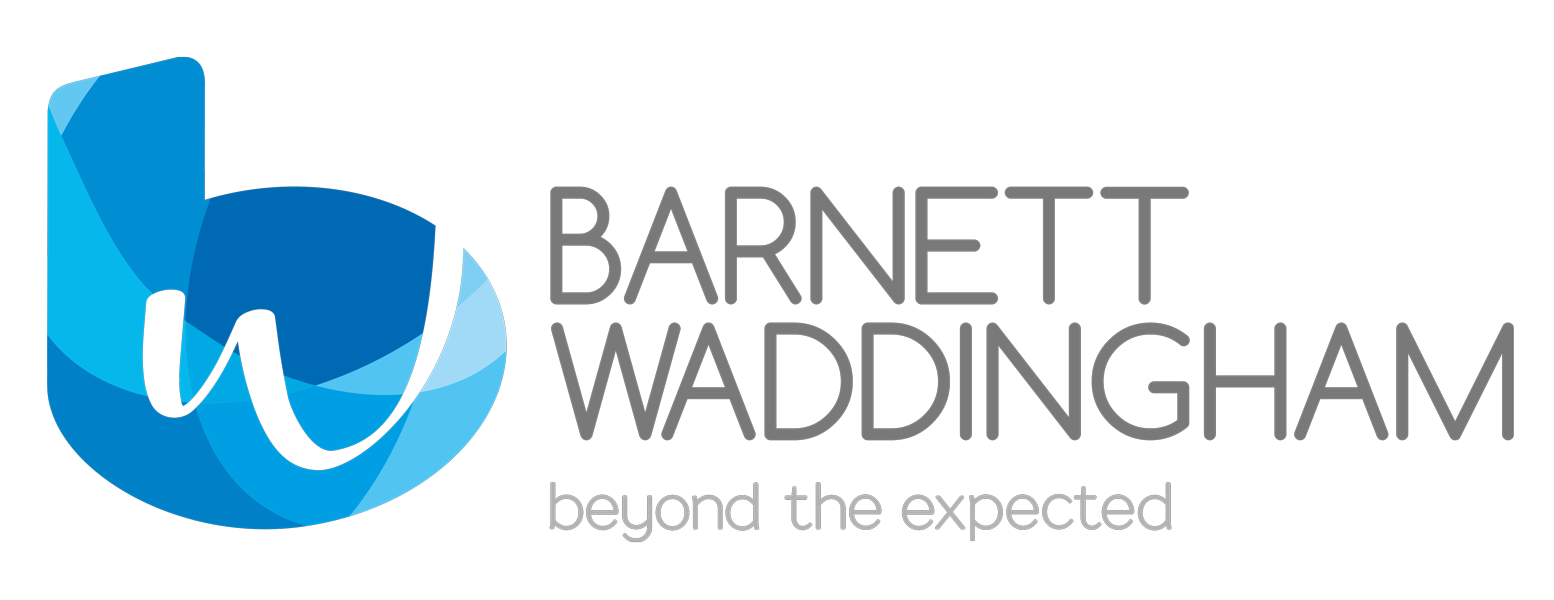
Improvements in funding positions
After years of negotiating recovery plans for seemingly never-ending deficits, a number of DB schemes are now in the enviable position of having a funding surplus, which brings with it new things to think about and decide upon.
Open DB schemes are particularly likely to have fared well in recent market conditions, as their longer durations and lower hedging levels make them more sensitive to the recent significant increases in gilt yields. In addition, they are likely to have high allocations to equities, which have seen strong returns for a number of years.
The considerations around what to do with a surplus in an open DB scheme are a little more involved than for a closed scheme. On top of this, the same changes in market conditions are likely to have significantly reduced the expected cost of future benefit accrual.
Use the surplus now
There are a few options available if trustees would like to put the surplus into action immediately.
Change your overall investment strategy
A surplus is an opportunity to adopt a lower-risk investment strategy in respect of your accrued liabilities. This should reduce the volatility of your past service funding level and make you more likely to meet any future funding target, such as self-sufficiency or buyout. This is likely to be the go-to option for a closed scheme, but does it make sense for an open scheme?
An open scheme will need to consider what this means for new benefits accruing, as applying the new strategy will increase the cost of accrual. An alternative would be to maintain the old strategy for new benefits accruing, or for all active members, but this could get complicated.
Reduced funding level volatility is likely to be welcomed by the sponsors of open schemes in the same way as for their closed counterparts. However, the open scheme sponsor will still have to stomach the volatility of the cost of accrual. This is because the cost of accrual is driven purely by factors affecting the cost of liabilities, and not hedged by any assets.
Return the surplus to the employer
Refunding surpluses to employers is complicated, and subject to lots of restrictions. It is unlikely to be supported by trustees before the end of a scheme's life. In an open scheme, another option is to reduce the employer's contributions in respect of new benefits accruing, which effectively achieves the same thing.
Trustees may feel sympathetic towards sponsors who have had to weather the pandemic and now face the prospect of a recession on the horizon, and who have consistently picked up an ever-increasing cost of accrual. However, it would be dangerous to rely on a surplus in order to afford the continued accrual of benefits. It is important that the sponsor understands the cost of the benefits they are granting and what happens when the surplus runs out.
Grant discretionary benefits
Granting discretionary benefits needs to be thought about very carefully, as once granted they cannot be taken away. However, in some open schemes, additional risk may have been run in the investment strategy with the goal of granting additional benefits to members, particularly if benefits have been cut back due to cost in order to keep the scheme open. In this case, discretionary benefits would be a natural use of the surplus to consider.
Save the surplus for later
Alternatively, the trustees may wish to retain a surplus funding position. The question is then how the surplus should be invested, which will depend on your aims. As the central investment strategy is not changing, this will have no impact on the future service cost.
You could seek to maintain the surplus as a buffer against a deficit emerging or future service contributions increasing, by investing it in low-risk assets.
Alternatively, you could invest the surplus in high-risk assets in the expectation that these will deliver a higher return over the long term, taking advantage of the long lifetime of an open scheme. You should be clear what this additional surplus will be used for, and when - the goal of a pension scheme is not to maximise asset returns.
Making the most of the opportunity
Whatever the conclusion on the above questions, it is clear that there is a potential opportunity here to improve the sustainability of the scheme. In an open scheme perhaps the most important question is how to ensure that the cost of benefits stays at an affordable level. Taking steps now to consider the way benefits are structured - which risks taken by the employer really deliver value for the employees, for example - might create a scheme better suited to weathering more adverse market conditions in the future.
Summary
Open schemes have a range of possibilities to explore when funding levels improve. Please get in touch with us if you would like to discuss these for your scheme.
Reserve your place in the Barnett Waddinham's DB Pensions Conference
This post is funded by Barnett Waddingham









